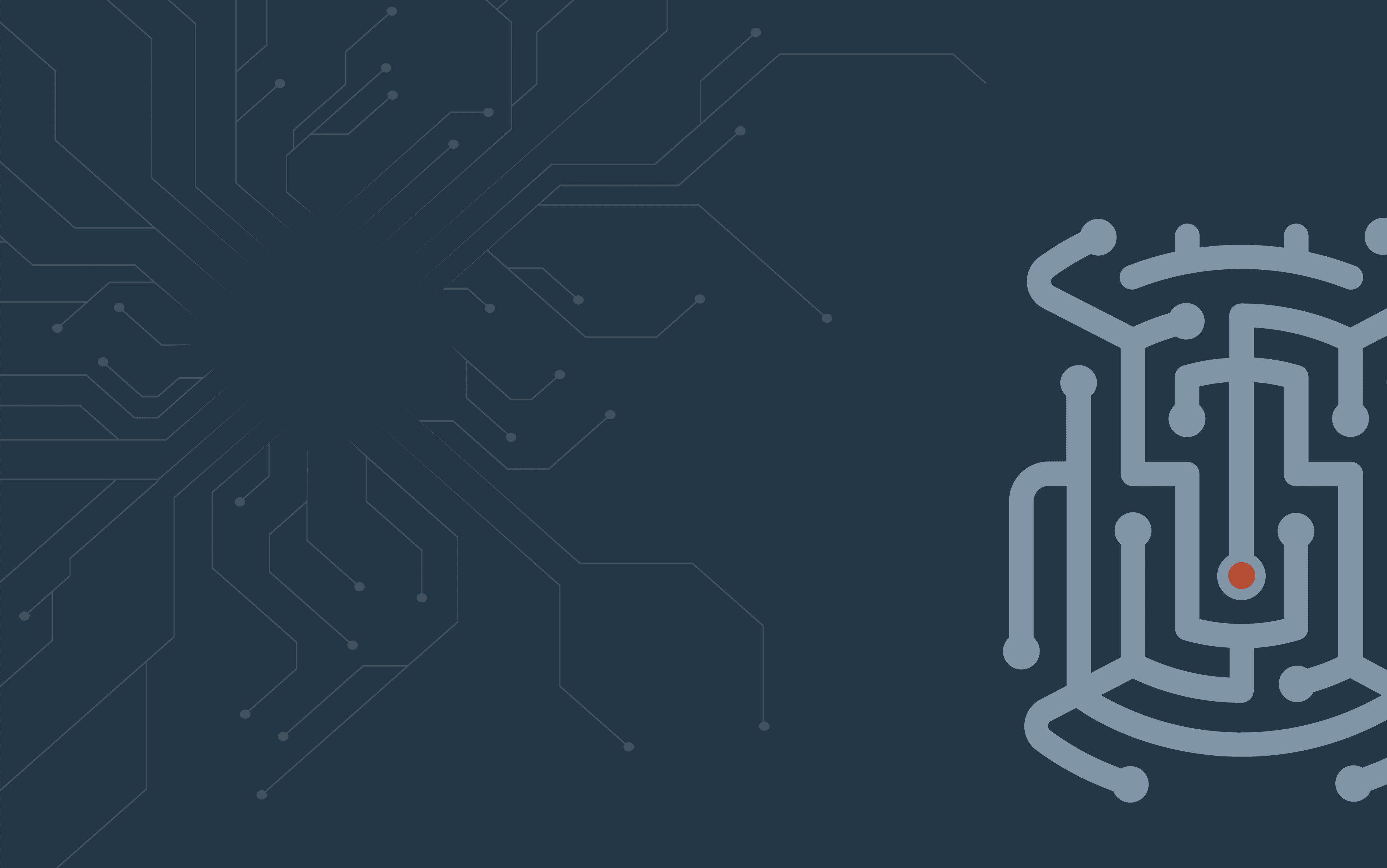Details
You are experiencing these issues: Windows 2003 virtual machines that are clustered across physical hosts suffer from a high amount of SCSI reservations errors in /var/log/vmkernel such as: vmkernel: 0:00:02:08.440 cpu12:1046)SCSI: 6609: Partition table read from device vmhba1:0:1 failed: SCSI reservation conflict (0xbad0022) When the hard disk is a Raw Device Mapping (RDM), Windows Event logs on active nodes report errors such as: unable to access harddisk Errors seen on passive node appear similar for an RDM in the cluster.
Solution
This issue occurs when an unnecessary SCSI controller is added to a virtual machine. When an RDM is created, a SCSI controller is added automatically. If you add a new SCSI controller before adding an RDM, you will end up with an unnecessary SCSI controller and encounter issues. To confirm that you have an unnecessary SCSI controller: In the virtual machine settings from VMware Infrastructure (VI) Client, you will see a SCSI Device on the same SCSI bus as the RDM. The Windows device manager identifies the controller types as Unknown. If you login to the ESX console and open the virtual machine configuration file (.vmx) with a text editor, you will see settings similar to: scsi1:0.present = "true"scsi1:0.fileName = "/vmfs/devices/generic/vml.020c00000050001fe1500d39c0485356323030" To resolve this issue, remove the unnecessary SCSI controllers : Warning: Verify that you have a list of RDMs before carrying out the instructions below. Click on the hard disk which is a mapping and note the VMHBA LUN path. Stop cluster services on the virtual machine and ensure that there is no I/O is going to the RDM. Using VI Client, remove the generic SCSI device. Select each RDM, click Remove, then select Remove from virtual machine and delete files from disk. Note: This deletes the pointer file, but does not delete the data in the raw LUN. Remove the SCSI controller associated with the RDMs. Recreate the first RDM. This creates a new SCSI controller. Give the controller a SCSI ID of 1:0. Give the first RDM a SCSI ID of 1:1 for and repeat for each RDM giving each one a unique SCSI ID on that bus.



